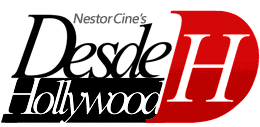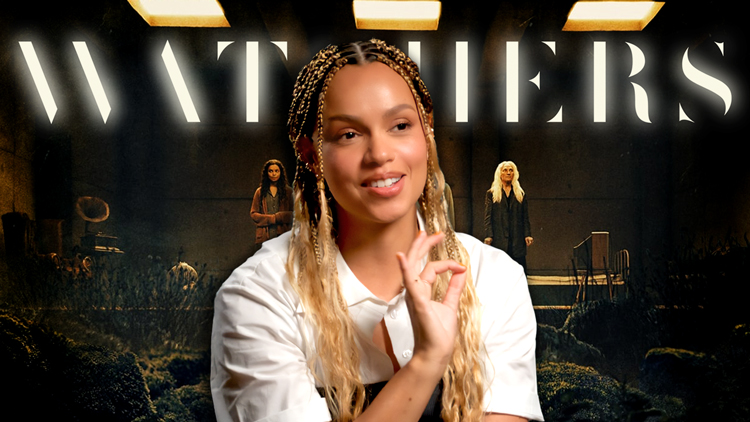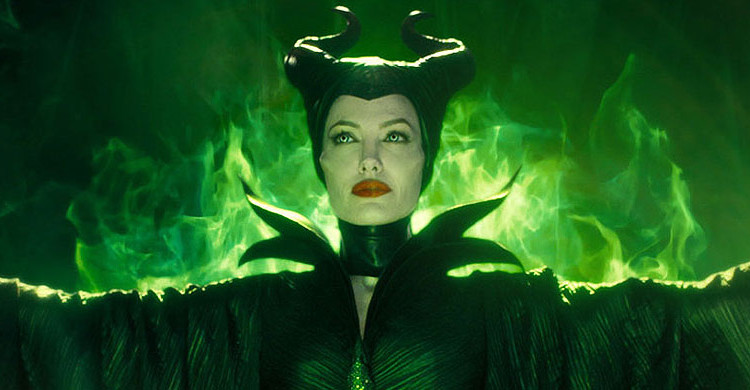By Jorge Carreon
Barely a month into the entire Summer Movies of 2014 shebang and already I want to take a vacation from any more Hollywood films. In terms of the genre film, after the early promise offered by “Captain America: The Winter Soldier,” we’ve been treated to a monstrously underdone “Godzilla” (my review here) and the less than excellent “X-Men: Days of Future Past” (my review here). Is it possible the best versions of this season’s event films are to be found as trailers? Has marketing replaced popcorn filmmaking altogether? Perish the thought. But as you decide what to see this weekend, take the following into consideration. Both “A Million Ways to Die in the West” and “Maleficent” offer rather daring takes on classic elements of cinematic storytelling. Yet, only the Seth MacFarlane comedy did it right. But something is quite worrisome about Angelina Jolie’s vehicle, telegraphing a deepening malaise in the studio system.
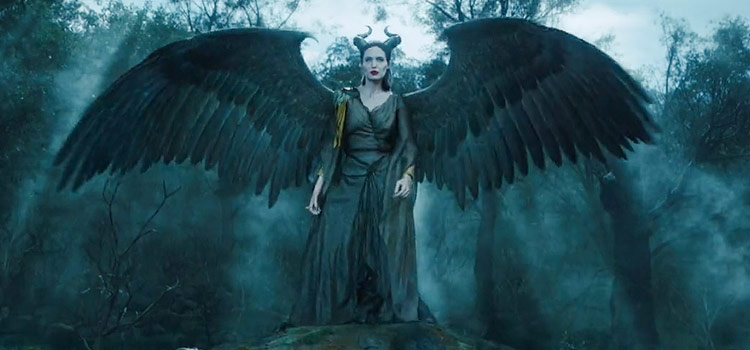
What the hell happened here? The idea of telling the tale of “Sleeping Beauty” from the perspective of that most wondrously evil of queens was not a bad one. But somehow, this most enduring of Disney’s villains has been turned into a sappy parable for the “Ban Bossy”/”Leaning In” generation.
To say the trailers resulted in promise unfulfilled is an understatement. But the image of Oscar winner Angelina Jolie is a powerful one and from the moment she enters the film, you can’t help but succumb to her spell. She was born for the role, the embodiment of a dark arts priestess. Looking imperious and regal as if the legendary film designer Adrian dressed her, Jolie more than harkens back to the grand ladies of the golden age of cinema. She does so much with one look, a laugh, a smile and a glance. Drag queens from this day forward are going to worship this broad for eternity. However, as high as Jolie flies as Maleficent, literally and figuratively, she comes crashing down to Earth with a script that is woefully deficient in magic, wonder and, sadly, imagination.
Screenwriter Linda Woolverton was responsible for two of modern Disney’s greatest treasures, “Beauty and the Beast” and “The Lion King.” How is it that she stumbled with “Maleficent?” It is a jarring reinvention given just how great a nasty the character was presented in the studio’s groundbreaking 1959 animated classic. Seeing Maleficent as a young, orphaned fairy is interesting. Thanks to a broken heart, the complexity as to why she goes “bad” is depicted in a shocking and violent manner, giving Jolie plenty to work with in terms of the character’s development. Yet, once Princess Aurora enters the tale (a winsome Elle Fanning), Maleficent turns into an awkward symbol, a betrayed witch who really finds her true power in being a loved Earth Mother.
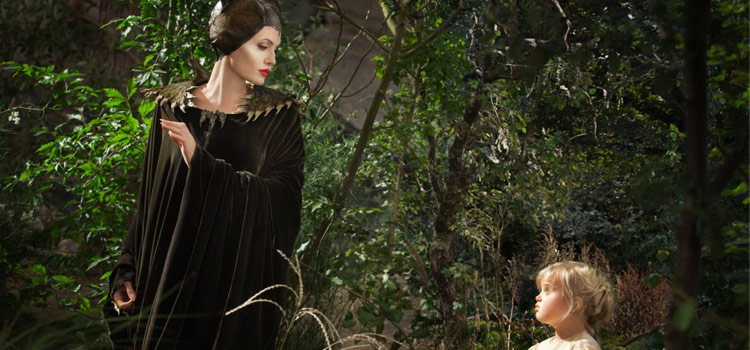
We all agree that fairy tales are archaic in their often-misogynistic depiction of women as either ethereal virgins or emasculating viragos who are vanquished by a charming prince. But to de-wing Maleficent into something that goes against what we’ve come to appreciate as the defining image of true power is a disservice to the character.
Director Robert Stromberg’s unfocused direction also adds to the woes of “Maleficent.” The physical production makes you appreciate what James Cameron did with “Avatar” and what Peter Jackson accomplished with the “Lord of the Rings” films. Audiences can take a fantasy world. Hell, look at the “Harry Potter” films, even “Game of Thrones.” Yet, how is it that the “Maleficent” visuals feel as one dimensional as a video game? It is even more puzzling since Stromberg, who is making his feature directorial debut, comes from a VFX background?
Then you have the problem of tone, which is positively unbalanced. The three fairies (Imelda Staunton, Lesley Manville & Juno Temple) charged with caring for Aurora after Maleficent bestows her curse are a weak excuse for comedy relief and do little to further the narrative to boot. (They possess a rather uncomfortable resemblance to the witches of Disney’s cult fave “Hocus Pocus” for some reason.) Yet the most damaging blow comes from an absurdly unrestrained Sharlto Copley (“District 9”) as King Stefan.
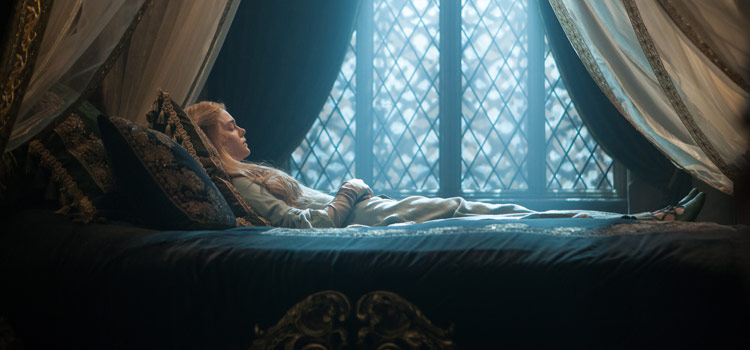
Just as he did in “Elysium” last year, Copley literally acts like he’s in another movie. So extreme are the character’s motivations, his performance throws the whole film out of whack, particularly in the underwhelming final act. Oh, and that final act as to who ultimately wakes the sleeping beauty from her cursed slumber? Let’s just say this. Woolverton has offered payback for the woman hating of the past by turning all of the men into examples of passivity or duplicity.
After the global power exhibited by “Frozen,” audiences are more than willing to embrace a female-driven narrative. But “Maleficent,” despite its intent positioning itself as a tale of empowerment, lacks the strength or execution to offer the same universal appeal. It’s such a wasted opportunity, despite the fierce showcase of talent offered to Jolie. Like “Frozen,” perhaps Disney should have been better about team “Maleficent” letting go of convention to let this beautiful creature fly.
“Maleficent” is now playing nationwide.
